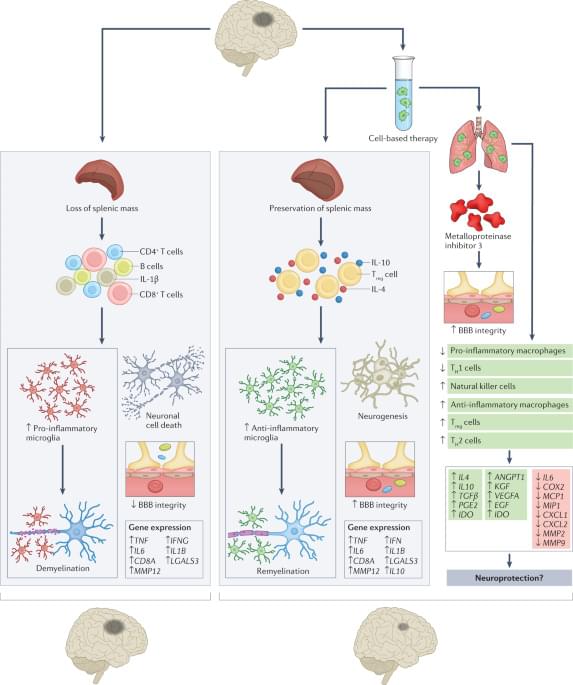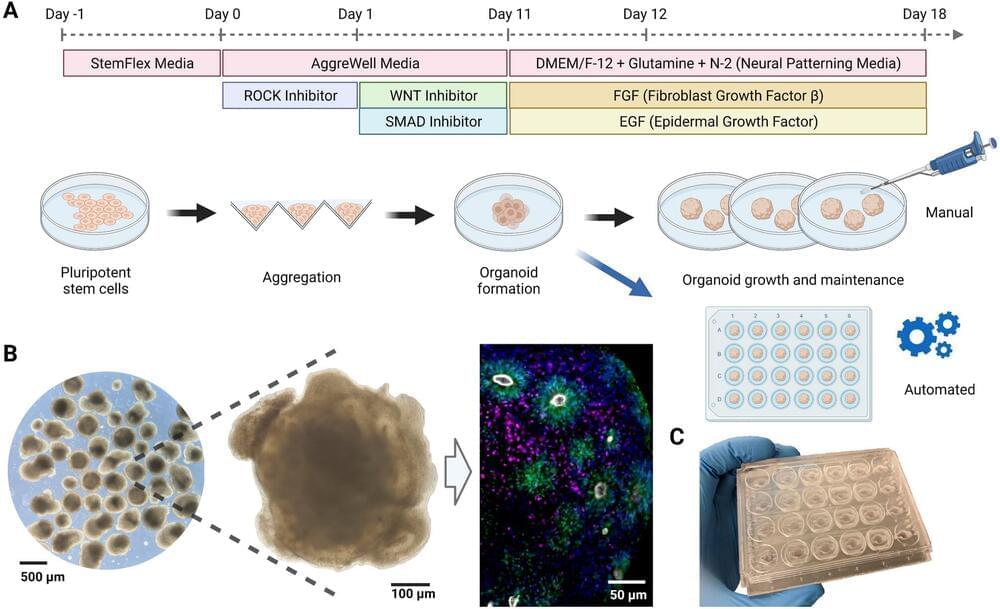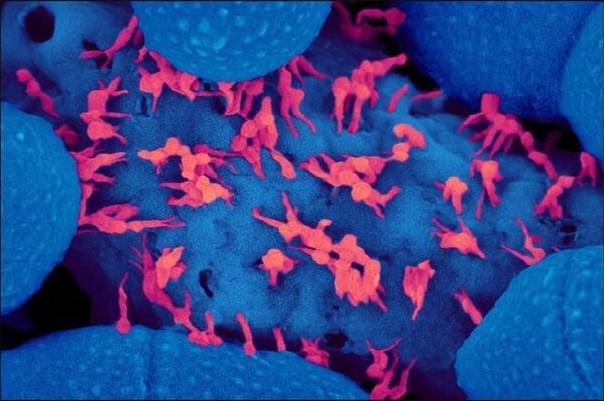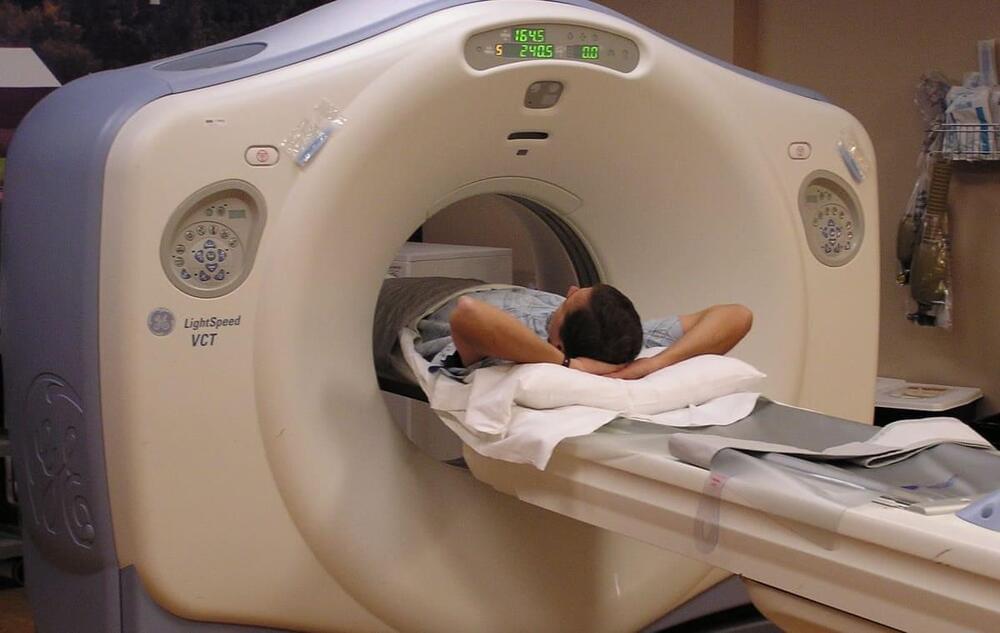Check out the on-demand sessions from the Low-Code/No-Code Summit to learn how to successfully innovate and achieve efficiency by upskilling and scaling citizen developers. Watch now.
The metaverse skyrocketed into our collective awareness during the height of the pandemic, when people longed for better ways to connect with each other than video calls. Gaming’s hot growth during the pandemic also pushed it forward. But the metaverse became so trendy that it now faces a backlash, and folks aren’t talking about it as much.
Yet technologies that will power the metaverse are speeding ahead. One of those technologies is generative AI, which uses deep learning neural networks to produce creative concept art and other ideas based on simple text prompts.








